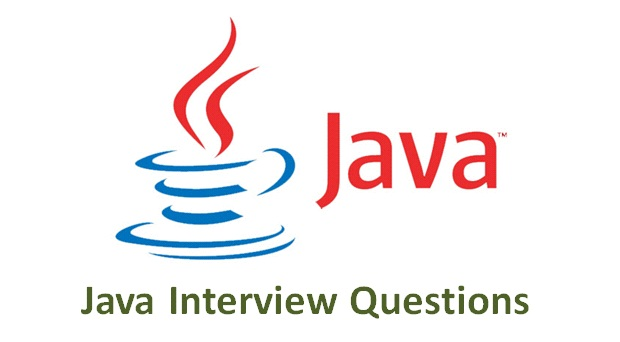interview question of anthrapic
Question 1: Concurrent Web Crawler Implementation
Design and implement a multi-threaded web crawler that efficiently crawls a specific domain and counts unique URLs
Requirements:
- Handle circular references and invalid URLs
- implement rate limiting and exponential back off
- Process robots.txt compliance
- Support different URL schemes and redirects
- Optimize for memory usage with large datasets
Overview
1 | [Seed URLs] |
Frontier
1 | function offer(url): |
Seen (BloomFilter + RocksDB)
1 | if not bloom.mightContain(url): |
Robots.txt
1 | if not robotsCache.has(host): |
Rate Limiter
1 | lim = hostLimit.computeIfAbsent(host, h -> new TokenBucket(defaultRate, burst)) |
HTTP Fetcher
1 | HttpRequest req = HttpRequest.newBuilder(uri).GET().build(); |
Exponential Backoff + Jitter
sleep = base * 2^attempt + random(0, jitter)
1 | for attempt in 0..max: |
Canonicalization
1 | from urllib.parse import urlparse, urlunparse, parse_qsl, urlencode |
Parser
1 | for link in streamingParse(htmlStream): |
Worker Pool
ExecutorService + NIO Queue
Monitor
Prometheus metrics + Grafana dashboards
Question 2: Distributed LLM Inference System Design
Design a high-throughput system for serving large language model inference requests at scale.
Requirements:
- Support 15,000+ requests per second
- Handle multiple model variants and sizes
- Implement dynamic load balancing
- Achieve sub0100ms latency for standard requests
- Support zero-downtime model updates
- Include comprehensive monitoring and alerting
Question 3: High-Performance Document Similarity Search
Implement an efficient algorithm for finding top-k most similar documents from a massive corpus
Requirements:
- Handle 15M+ document corpus
- Average document length: 1500+ words
- Query response time: < 30 ms
- Support real-time document additions
- Optimize memory footprint
Question 4: Distributed System Debugging Challenge
Debug a meesage queue system experiencing performance degradation under high load
Common Issues:
- Race conditions in concurrent message processing
- Memory leaks from unclosed connections
- Improper error handling causing silent failures
- Inefficient connection pooling strategies
- Deadlocks in multi-threaded environment
Question 5: Real-time Data Processing Pipeline
Design a system for processing streaming data with low latency and high reliability.
Requirements:
- Process 100,000+ events per second
- Maintain exactly-once processing semantics
- Support complex event transformations
- Handle out-of-order events
- Implement fault tolerance and recovery
Question 6: Machine Learning Model Serving Optimization
Optimize an existing ML model serving system for better performance and resource utilization
Focus Areas:
- Batch processing optimization
- GPU memory management
- Model parallelism strategies
- Caching mechanisms for predictions
- Auto-scaling based on demand
Question 7: Database Performance Tuning
Analyze and optimize a database system experiencing slow query performance.
Common Problems:
- Missing or inefficient indexes
- Poor query optimization
- Lock contention issues
- Inadequate connection pooling
- Suboptimal schema design




